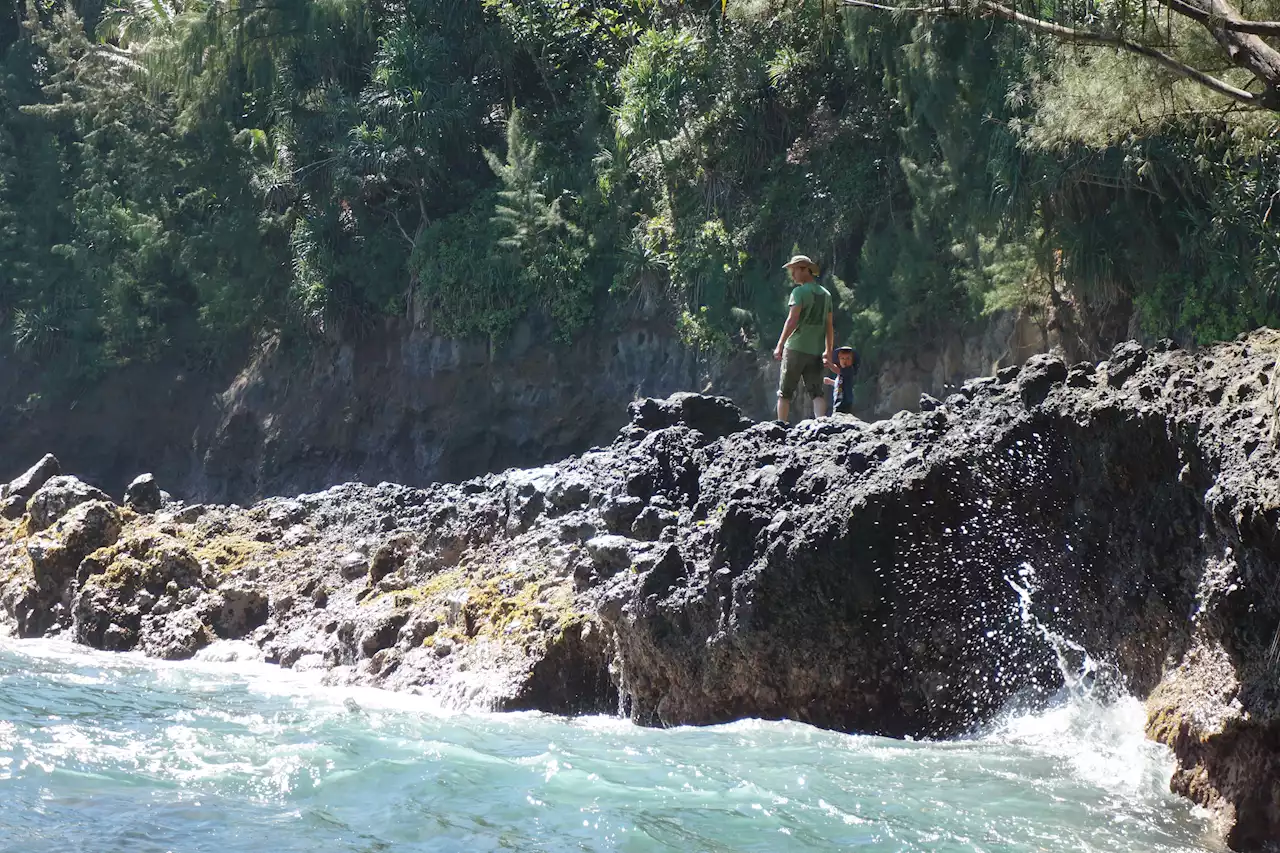New hazard-monitoring technology uses GPS signals to go wave-hunting in the Pacific Ring of Fire. GUARDIAN’s long-term objective is to augment early warning
Triggered by earthquakes, undersea volcanoes, and other Earth-shaking forces, tsunamis can devastate coastal communities. And when it comes to providing advance warning, every second counts. Scientists at NASA’s Jet Propulsion Laboratory are testing a novel approach to detect – from the far reaches of the atmosphere – the ocean’s deadliest waves. , the experimental monitoring system taps into data from clusters of GPS and other wayfinding satellites orbiting our planet.
While navigation tools usually seek to correct for such ionospheric disturbances, scientists can use them as a lifesaving alarm bell, noted Léo Martire, a JPL scientist developing GUARDIAN. “Instead of correcting for this as an error, we use it as data to find natural hazards,” Martire said.The technology is still maturing, said Martire, who co-chairs a task force within the United Nations’ that is exploring the use of navigational satellite systems to enhance early warning strategies.
United States Latest News, United States Headlines
Similar News:You can also read news stories similar to this one that we have collected from other news sources.
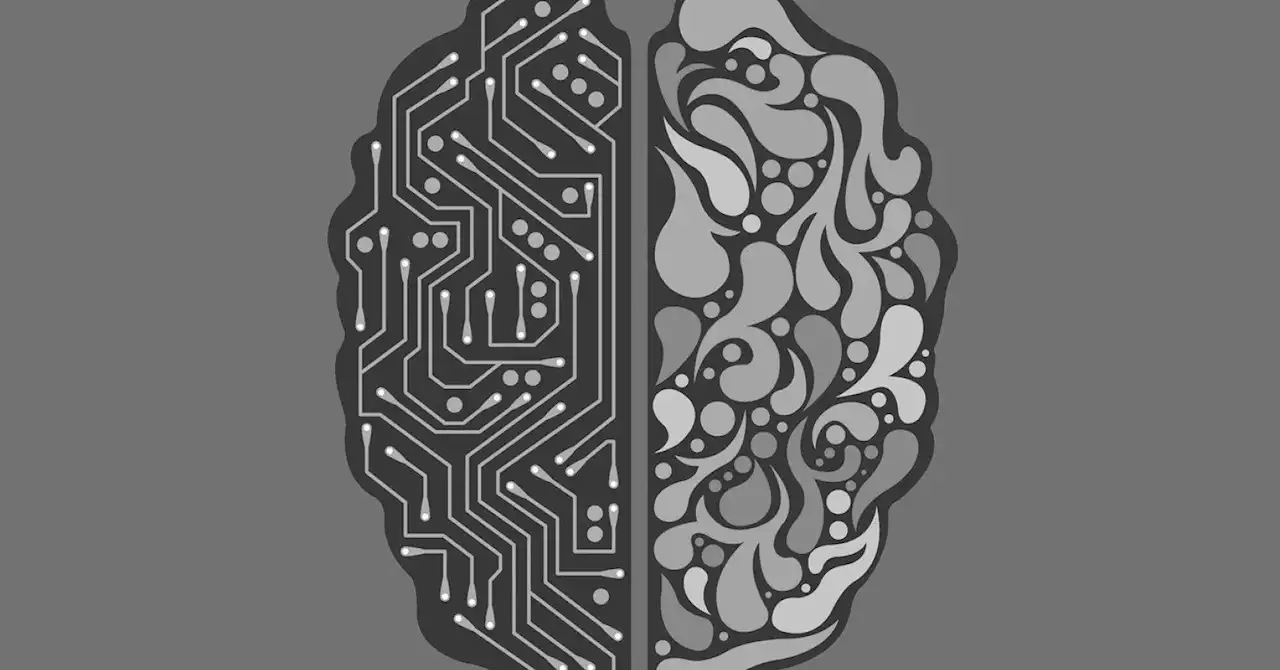 What Are the Best Nationalities and Personalities for Detecting AI Text?Linguistic and psychological characteristics can help detect fake text.
What Are the Best Nationalities and Personalities for Detecting AI Text?Linguistic and psychological characteristics can help detect fake text.
Read more »
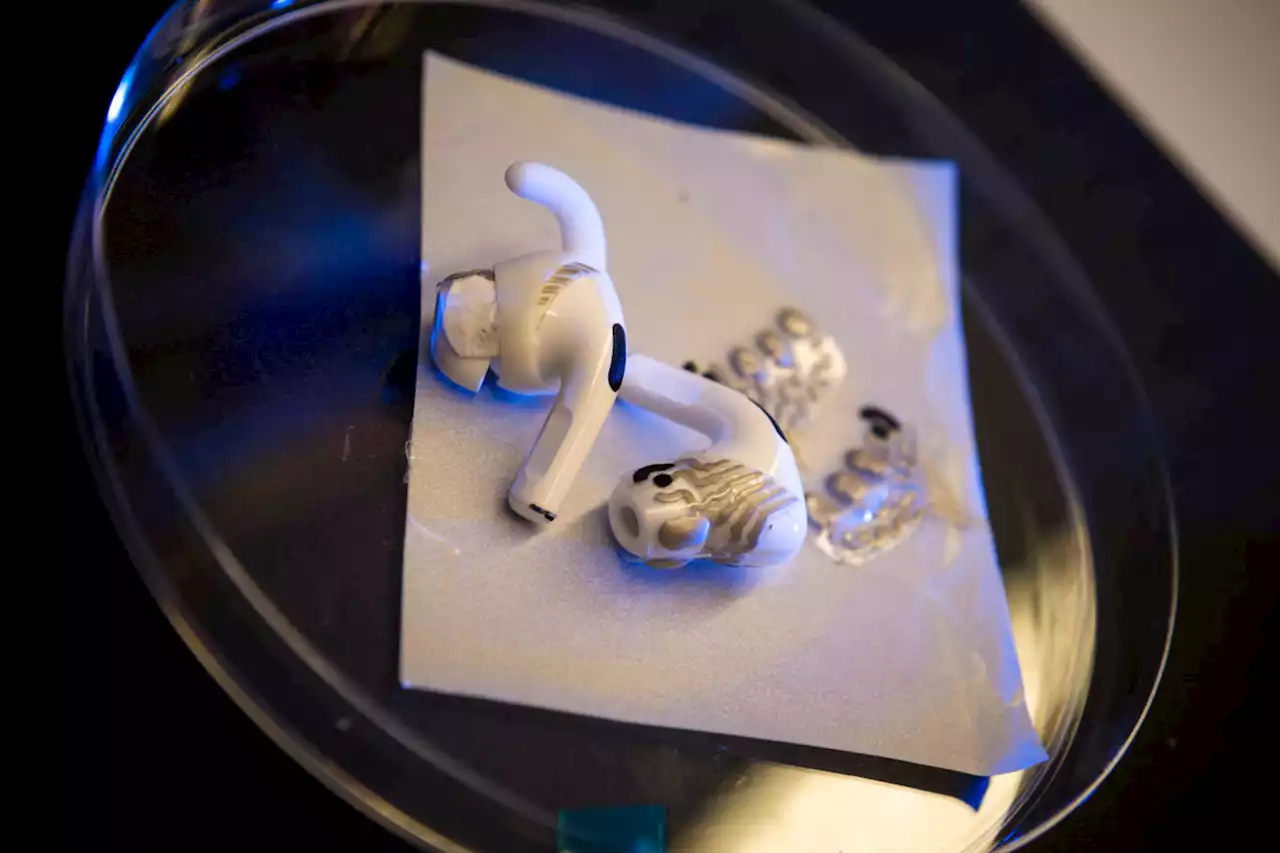 Researchers developed 3D-printed sensors that can record brain activity on earbudsResearchers at the University of California San Diego have developed 3D-printed biosensors that can detect electrophysiological activity coming from the brain.
Researchers developed 3D-printed sensors that can record brain activity on earbudsResearchers at the University of California San Diego have developed 3D-printed biosensors that can detect electrophysiological activity coming from the brain.
Read more »
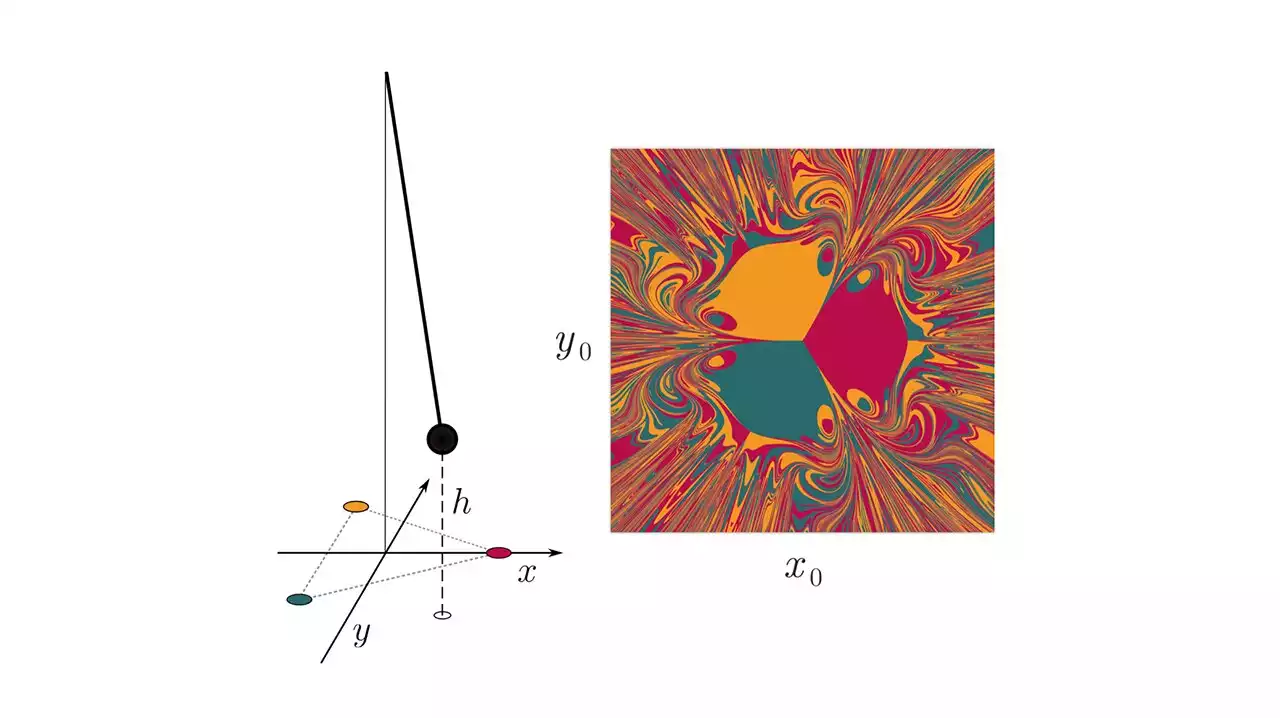 The catch-22s of reservoir computing: Researchers find overlooked weakness in powerful machine learning toolIn nonlinear dynamic systems, a change in one place can trigger an outsized change elsewhere. The climate, the workings of the human brain, and the behavior of the electric grid are all examples—and all change dramatically over time. Because of their inherent unpredictability, dynamic systems like these are notoriously difficult to model.
The catch-22s of reservoir computing: Researchers find overlooked weakness in powerful machine learning toolIn nonlinear dynamic systems, a change in one place can trigger an outsized change elsewhere. The climate, the workings of the human brain, and the behavior of the electric grid are all examples—and all change dramatically over time. Because of their inherent unpredictability, dynamic systems like these are notoriously difficult to model.
Read more »
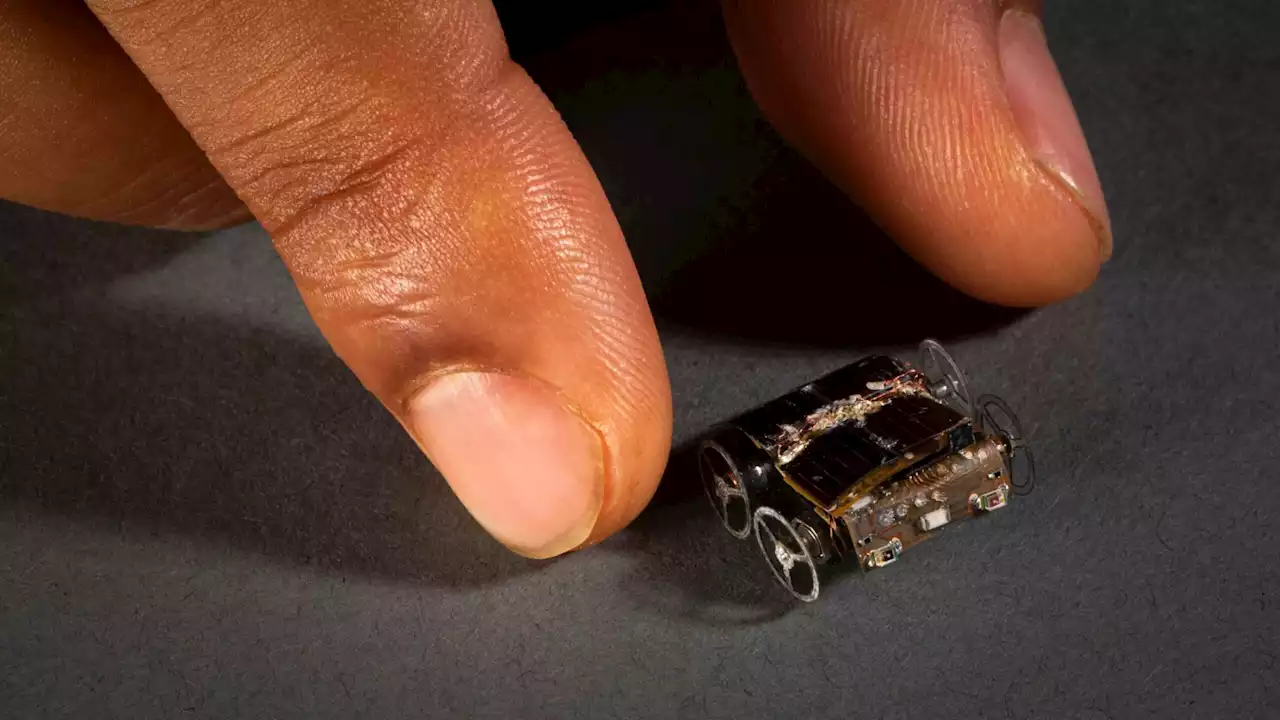 Researchers create novel robots that run on light and radio wavesThe robot can drive on various surfaces such as concrete or packed soil and carry up to three times its own weight.
Researchers create novel robots that run on light and radio wavesThe robot can drive on various surfaces such as concrete or packed soil and carry up to three times its own weight.
Read more »
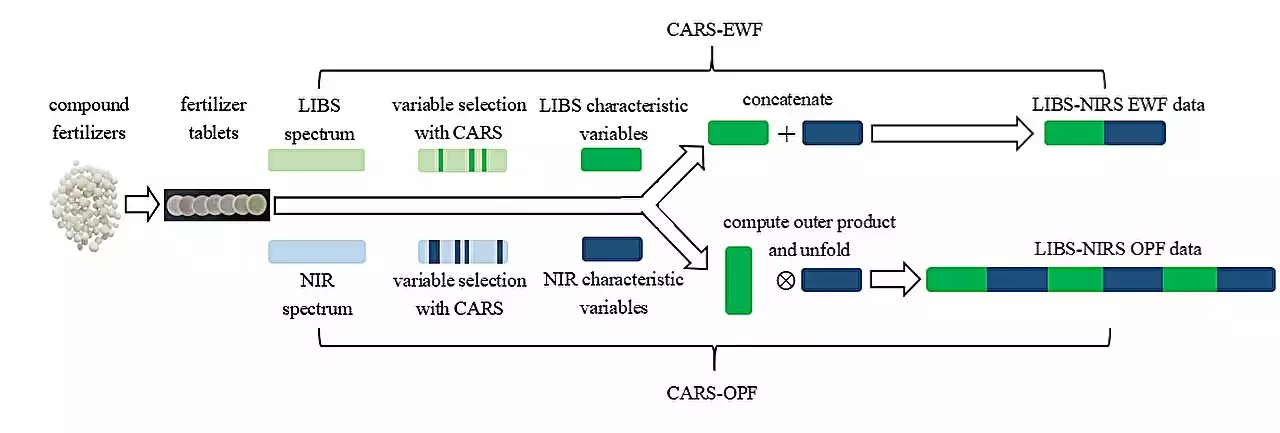 Researchers develop novel multi-sensor data fusion methods for rapid and accurate compound fertilizer quality detectionIn a study published in Talanta, a research team led by Prof. Wu Yuejin from the Hefei Institutes of Physical Science of the Chinese Academy of Sciences has developed a data fusion strategy based on near-infrared spectroscopy (NIRS) and laser-induced breakdown spectroscopy (LIBS) for the rapid and accurate detection of the main components of compound fertilizers.
Researchers develop novel multi-sensor data fusion methods for rapid and accurate compound fertilizer quality detectionIn a study published in Talanta, a research team led by Prof. Wu Yuejin from the Hefei Institutes of Physical Science of the Chinese Academy of Sciences has developed a data fusion strategy based on near-infrared spectroscopy (NIRS) and laser-induced breakdown spectroscopy (LIBS) for the rapid and accurate detection of the main components of compound fertilizers.
Read more »
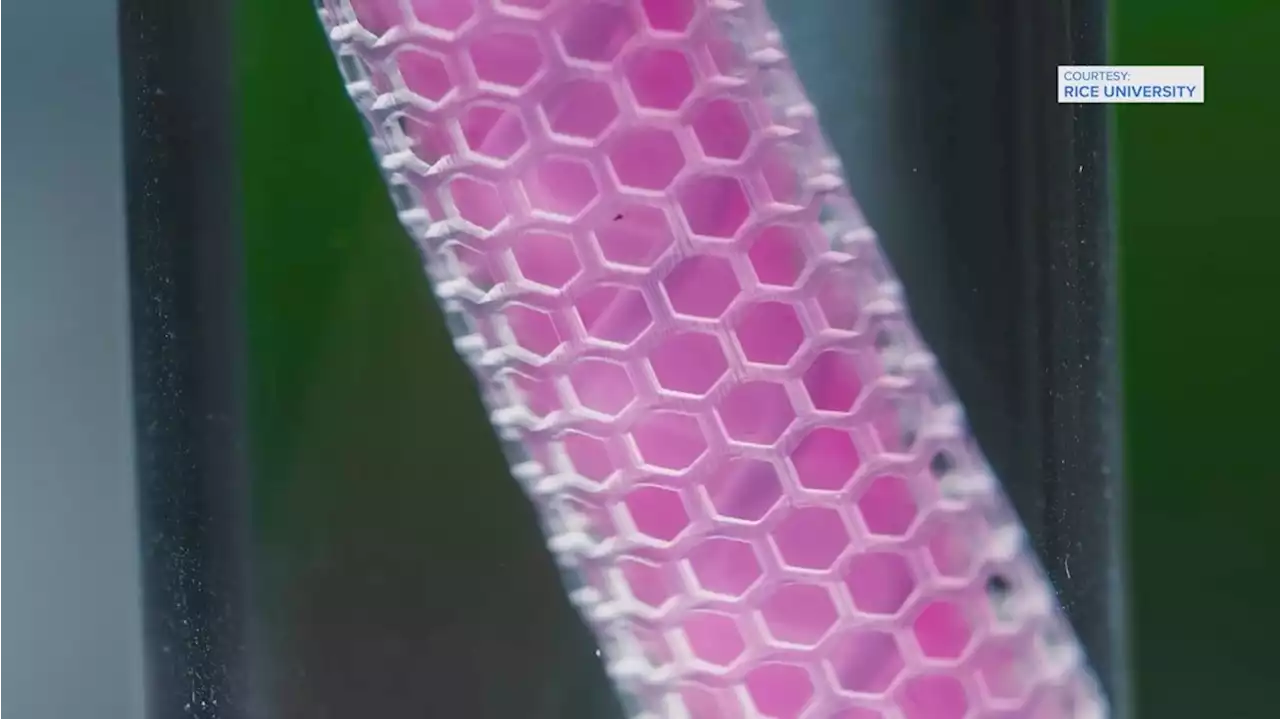 Implant device developed by Houston researchers aims to cure cancer within 60 daysHAMMR is an implanted device that serves as both a cancer-detection system and a drug-administration system.
Implant device developed by Houston researchers aims to cure cancer within 60 daysHAMMR is an implanted device that serves as both a cancer-detection system and a drug-administration system.
Read more »
